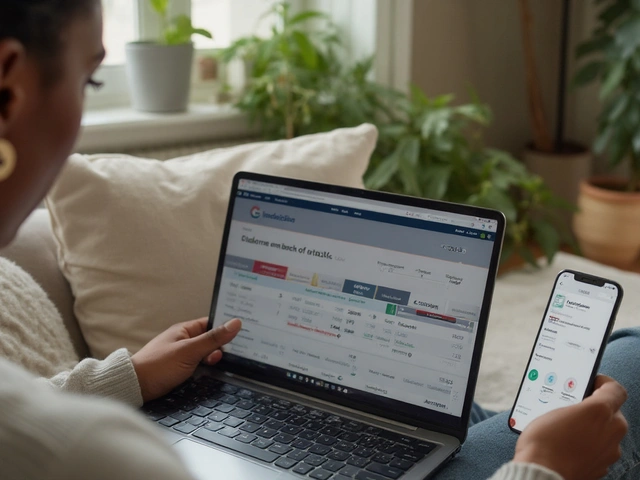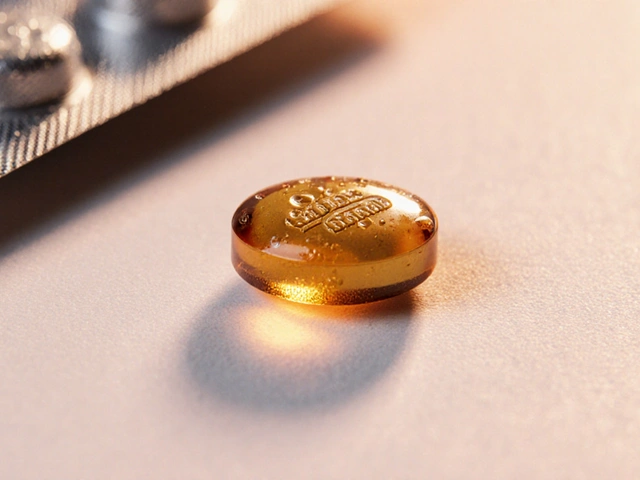Assistive Listening Devices – What They Are and How They Help
If you struggle to hear in noisy places, a personal hearing device can be a game‑changer. Assistive listening devices (ALDs) are small gadgets that pick up sound directly from a source—like a TV, a microphone, or a speaker—and send it straight to your ears. By cutting out background chatter, they make conversation, movies, and lectures a lot clearer.
Common Types of Assistive Listening Devices
There isn’t a one‑size‑fits‑all ALD. Here are the main options you’ll see on the market:
- Personal Amplifiers: Simple hand‑held units with a microphone that boosts sound and outputs it to earbuds. Great for restaurants or one‑on‑one chats.
- FM/DM Systems: A tiny transmitter worn by a speaker (teacher, speaker) sends a radio‑frequency signal to a receiver you wear. Ideal for classrooms and theatres.
- Infrared (IR) Systems: Similar to FM but uses light beams instead of radio waves, so it’s less likely to interfere with other devices. Works well in hospitals or quiet venues.
- Bluetooth Assistive Devices: Pair directly with smartphones, TVs, or laptops. Perfect if you already use Bluetooth headphones.
- Loop Systems (Induction Loop): A wire loop around a room creates a magnetic field that your hearing aid or cochlear implant can pick up. You just turn on the “T‑coil” on your device.
Each type has its own strengths, so the right choice depends on where you need the most help.
Choosing the Right Device for You
Before you click ‘add to cart,’ think about these practical factors:
- Environment: Do you need a device for a noisy restaurant, a classroom, or home TV watching? FM systems shine in groups, while personal amps are fine for one‑on‑one.
- Compatibility: If you already wear a hearing aid, look for a device that works with a T‑coil or can connect via Bluetooth.
- Battery Life: Some amps use replaceable AA cells, others have rechargeable packs. Choose what fits your routine.
- Comfort: Earbuds, behind‑the‑ear receivers, or neck‑band mics all feel different. Try a few if you can.
- Price vs. Features: You don’t need a $1,000 system for a quiet living room. Simpler amps can be under $50 and work great.
Reading user reviews and watching short demo videos can also give you a feel for real‑world performance.
Once you’ve got your device, a few usage tips make a big difference. Position the microphone as close to the sound source as possible, keep the receiver clean, and adjust the volume gradually to avoid distortion. If you’re in a group setting, ask the speaker to wear the transmitter or use a portable mic so everyone hears evenly.
Assistive listening devices aren’t just for seniors; students, theater lovers, and anyone who wants clearer sound can benefit. With the right type and a little practice, you’ll notice conversations becoming less tiring and entertainment more enjoyable.
Ready to try one? Start with a personal amplifier for everyday use, then expand to an FM system if you need extra reach. The key is to match the device to the situation, and you’ll find hearing becomes a lot less of a struggle.
Create a Hearing‑Friendly Home: Practical Tips & Checklist
Learn how to turn any house into a hearing‑friendly space with easy acoustic fixes, smart tech, and expert advice. A step‑by‑step guide plus a handy checklist.
Read





